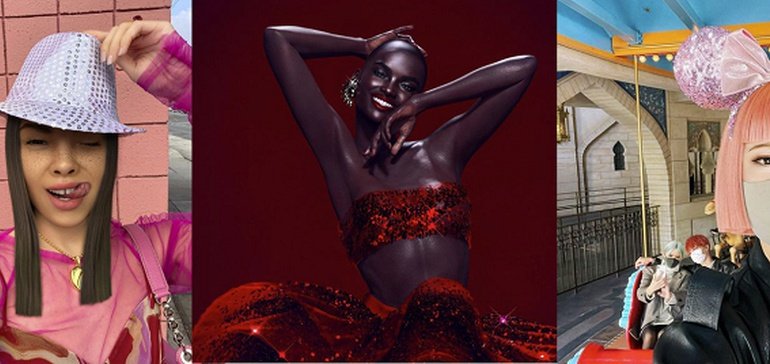SOCIAL
Meta’s Developing and ‘Ethical Framework’ for the Use of Virtual Influencers

With the rise of digital avatars, and indeed, fully digital characters that have evolved into genuine social media influencers in their own right, online platforms now have an obligation to establish clear markers as to what’s real and what’s not, and how such creations can be used in their apps.
The coming metaverse shift will further complicate this, with the rise of virtual depictions blurring the lines of what will be allowed, in terms of representation. But with many virtual influencers already operating, Meta is now working to establish ethical boundaries on their application.
As explained by Meta:
“From synthesized versions of real people to wholly invented “virtual influencers” (VIs), synthetic media is a rising phenomenon. Meta platforms are home to more than 200 VIs, with 30 verified VI accounts hosted on Instagram. These VIs boast huge follower counts, collaborate with some of the world’s biggest brands, fundraise for organizations like the WHO, and champion social causes like Black Lives Matter.”
Some of the more well-known examples on this front are Shudu, who has more than 200k followers on Instagram, and Lil’ Miquela, who has an audience of over 3 million in the app.
At first glance, you wouldn’t necessarily realize that this is not an actual person, which makes such characters a great vehicle for brand and product promotions, as they can be utilized 24/7, and can be placed into any environment. But that also leads to concerns about body image perception, deepfakes, and other forms of misuse through false or unclear representation.
Deepfakes, in particular, may be problematic, with Meta citing this campaign, with English football star David Beckham, as an example of how new technologies are evolving to expand the use of language, as one element, for varying purpose.
The well-known ‘DeepTomCruise’ account on TikTok is another example of just how far these technologies have come, and it’s not hard to imagine a scenario where they could be used to, say, show a politician saying or doing something that he or she actually didn’t, which could have significant real world impacts.
Which is why Meta is working with developers and experts to establish clearer boundaries on such use – because while there is potential for harm, there are also beneficial uses for such depictions.
“Imagine personalized video messages that address individual followers by name. Or celebrity brand ambassadors appearing as salespeople at local car dealerships. A famous athlete would make a great tutor for a kid who loves sports but hates algebra.”
Such use cases will increasingly become the norm as VR and AR technologies are developed, with these platforms placing digital characters front and center, and establishing new norms for digital connection.
It would be better to know what’s real and what’s not, and as such, Meta needs clear regulations to remove dishonest depictions, and enforce transparency over VI use.
But then again, much of what you see on Instagram these days is not real, with filters and editing tools altering people’s appearance well beyond what’s normal, or realistic. That can also have damaging consequences, and while Meta’s looking to implement rules on VI use, there’s arguably a case for similar transparency in editing tools applied to posted videos and images as well.
That’s a more complex element, particularly as such tools also enable people to feel more comfortable in posting, which no doubt increases their in-app activity. Would Meta be willing to put more focus on this element if it could risk impacting user engagement? The data on the impact of Instagram on people’s mental health are pretty clear, with comparison being a key concern.
Should that also come under the same umbrella of increased digital transparency?
It’s seemingly not included in the initial framework as yet, but at some stage, this is another element that should be examined, especially given the harmful effects that social media usage can have on young women.
But however you look at it, this is no doubt a rising element of concern, and it’s important for Meta to build guardrails and rules around the use of virtual influencers in their apps.
You can read more about Meta’s approach to virtual influencers here.













You must be logged in to post a comment Login